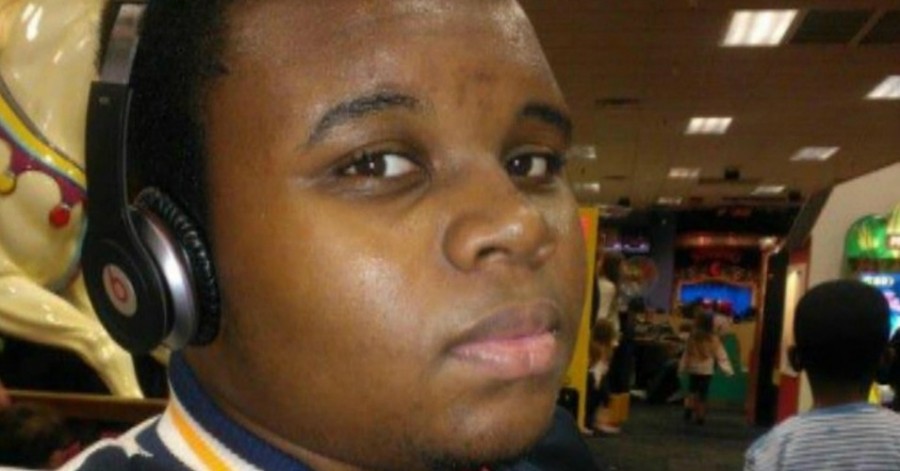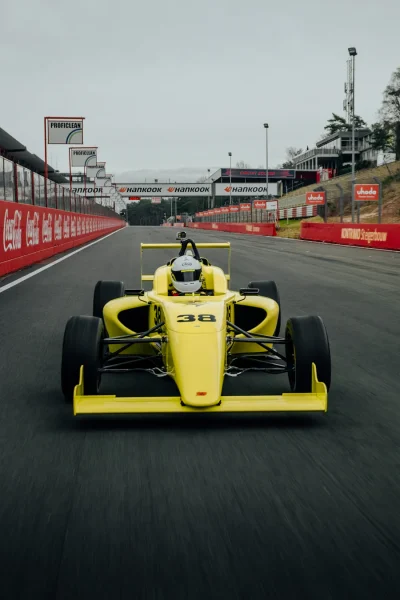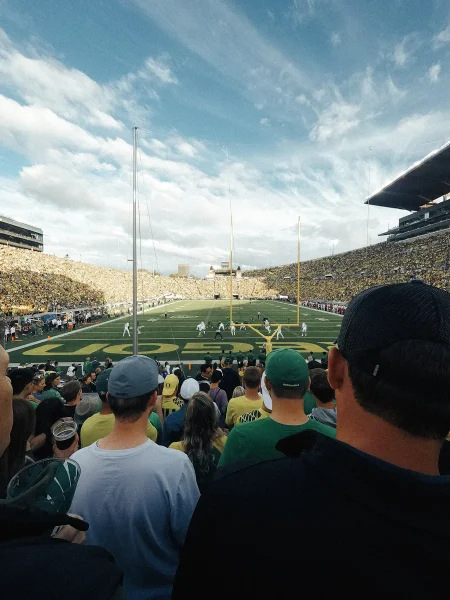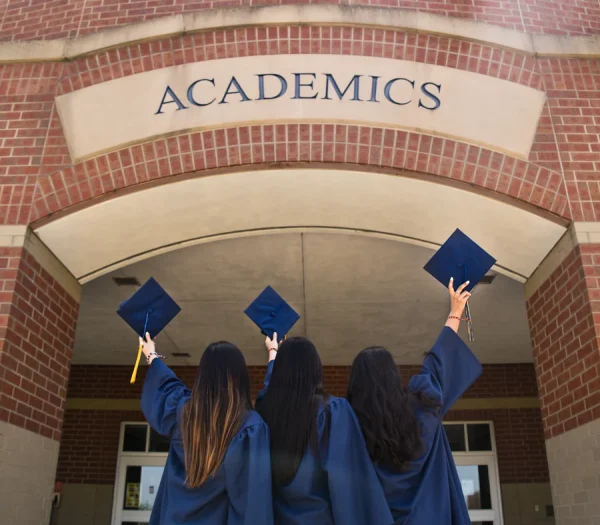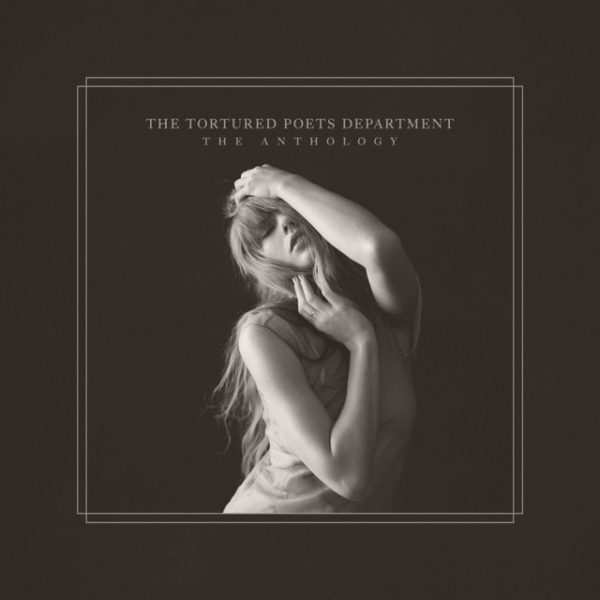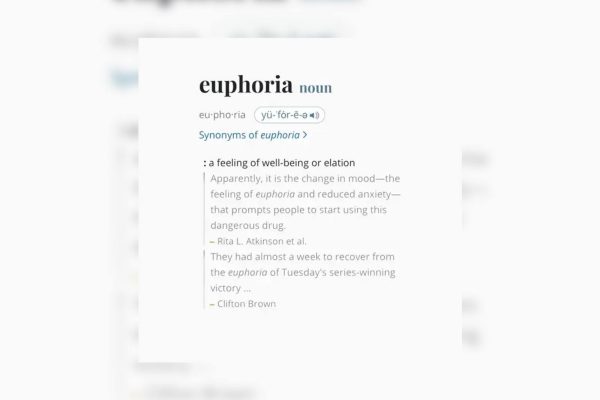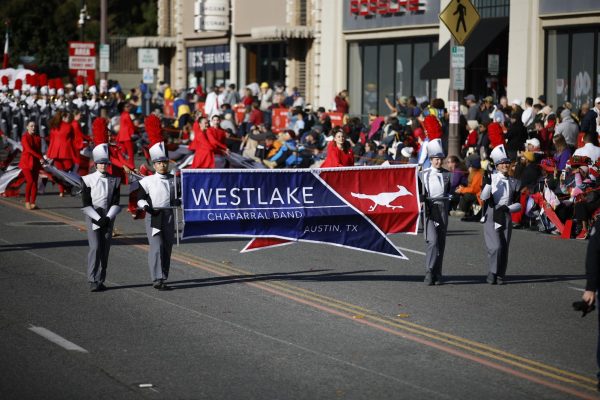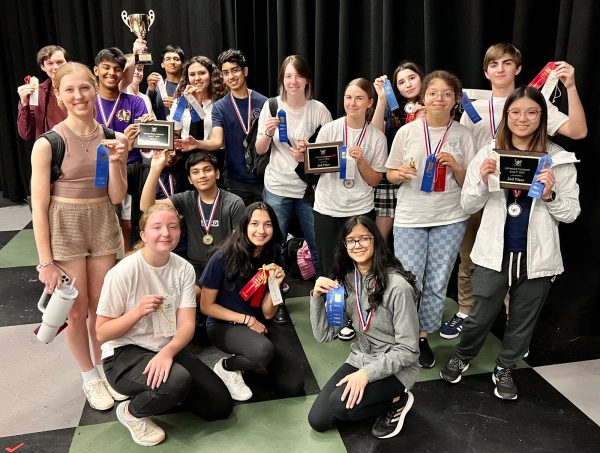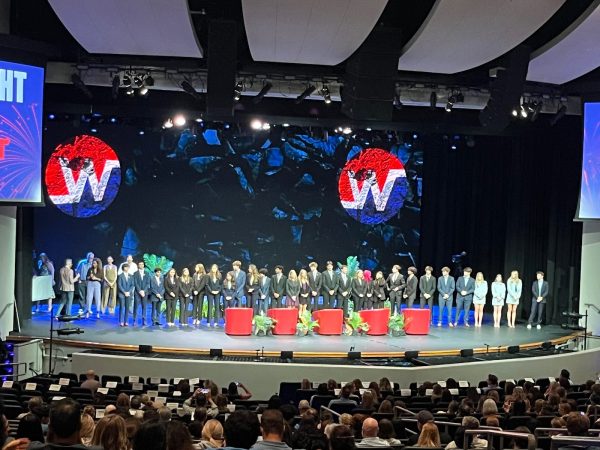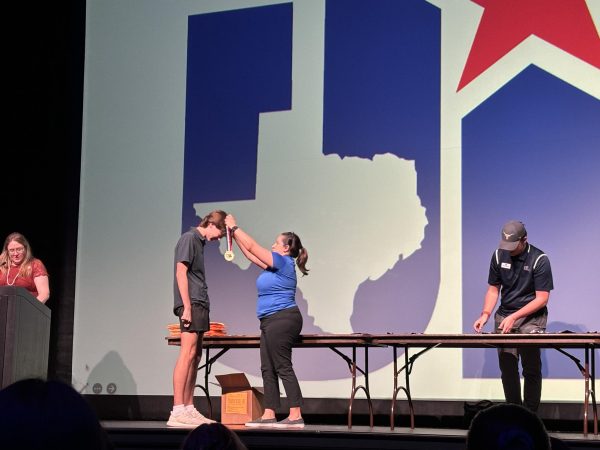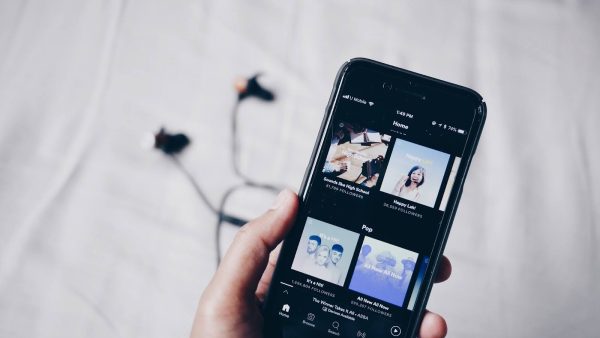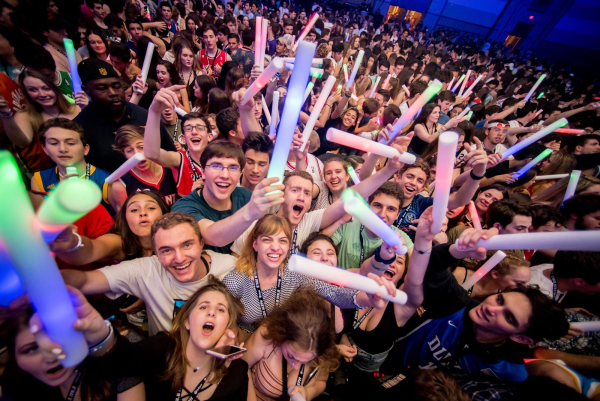Protests in Ferguson spark discussion of racism, bias in reporting
On Aug. 9 in Ferguson, Mo., unarmed, black teen Michael Brown was shot by a police officer. After this, issues of racial profiling by the police and underrepresentation of black people in their community government have drawn national attention. From the day of his murder until his funeral on Aug. 25, protests were held in the streets of Ferguson, some of which turned violent after police threw smoke bombs, released tear gas and brought out tanks. Throughout this tragedy, the some of media has covered the incident in a racially biased way which has led people to turn to social media sites like Twitter and Vine for information.
More than 60 percent of Ferguson, a suburb outside of St. Louis, Mo., is black. Because of this, it would be natural to assume that the local government is also predominantly black. However, the mayor and police chief are both white, and there is only one black person on the city council and one on the school board. Only three of Ferguson’s 53 police officers are black. (motherjones.com). A city governed by groups who do not reflect the population makes no sense in a representative government. Most white people have not experienced the systematic oppression of black people in the United States first hand, so it is more difficult for us to understand it. Based on this stark difference between the citizens and government of Ferguson, it seems almost shocking that something like this hasn’t happened in America before now.
The trigger for the protests was the situation in which Brown was shot. The police say Brown tried to assault officer Darren Wilson, who then shot Brown at least six times, according to the autopsy report (nytimes.com). However, first-hand accounts of the shooting from people on the street say otherwise. Brown’s friend Dorian Johnson, who was walking with Brown before the incident, says that Brown was shot after having put his hands up and while he was moving down to the ground, which inspired the main mantra of the protestors: “Hands up; don’t shoot.” In fact, the only people who say that Brown tried to assault Wilson are the police themselves. White people are more represented in the Ferguson police force, which makes it easier for most of us to assume that the police are justified in their actions. But based on the other retellings of the incident, the fact that there’s a controversy at all over the situation regarding Brown’s shooting seems ridiculous. The autopsy shows that Brown was shot in the top of the head, so unless Wilson has levitation powers, he must have shot Brown at some point while standing over him.
News reporting of this event* has also misrepresented the situation in Ferguson by mostly basing their stories on police reports and focus on looting more than the use of tear gas. Of course official police reports are good resources to use while writing a story, but many news reports have gone so far as to categorize these protests as riots because of looting that occurred. But what these reports leave out are the Twitter stories and photos where protesters guarded businesses from looting. And while many news reports focused on the looting, they almost downplayed police use of tear gas against people at a protest that began as peaceful. The police department also used tanks and threw tear gas at journalist teams like Al Jazeera, directly violating the First Amendment. On Twitter and in a story in Vanity Fair, veterans posted photos showing how the weapons and body armor they used in the Iraq and Afghanistan wars were sometimes less advanced than those used by police in Ferguson. On Vine, Alderman Antonio French posted many videos, showing what was happening between police and citizens. After all of this rule and amendment breaking, however, the protests are still characterized as riots and the police are shown in news reports as upstanding people trying to protect citizens from the rioters.
In a predominantly white community like Westlake, a story like the one in Ferguson may seem unimportant or it may seem as if the protestors are overreacting. White people need to remember that by not speaking up and just silently accepting the favor we get from police — even when we leave this Westlake bubble — we are siding with the oppressors. There are no innocent bystanders in this situation. And it’s also important to remember that Brown was 18 years old. He was planning on going to Vatterott College two days after the shooting. From a third person point of view, it’s easy to be insensitive to the situation of Brown and his family, but when putting ourselves in their situation, the story suddenly becomes real.

